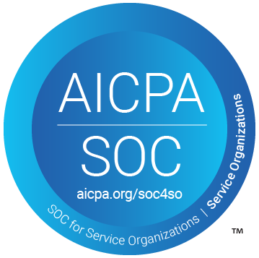You know email is a fantastic marketing tool. There’s little around that performs as well as email to connect with and convince subscribers to do something, whether that’s being better informed about a product or buying it. That email only brings your prospect or customer to the proverbial goal line, however. It’s the landing page that gets them over it.
This post examines how a marketing email and a landing page need to work like a “hand in glove” in a tightly coordinated collaboration for your campaign to succeed.
Fulfill the promise
Whether your email promotes a new product, a FOMO-inducing event, a notice of a change to a service policy, or the recap of a sports team’s latest game, it will include a call to action (CTA). You want the subscriber to take the next step in your well-orchestrated process. You’re saying, trust me on this—go ahead and click.
When the subscriber clicks on the CTA is where trust comes into play. The email offers what amounts to a promise. The subscriber has no reason to be concerned about what happens after clicking on the CTA. They can trust you.
However, consider that subscriber’s reaction when they arrive at your landing page, and it does not look, read, or feel anything like the email that prompted them to accept your CTA. You can fulfill the promise of the email by making it obvious that where they are is where they expected to come. It’s not hard to accomplish that goal. Create plenty of commonality between the email they read (and clicked through) and the related landing page. Employ a similar, if not the same, design and repurpose the messaging contained in the email.
Make it relevant
Once you get the subscriber to where you wanted them to go, ensure everything they see is relevant to why they’re there. If it’s an event, include all pertinent details. For a promotional offer, make crystal-clear what it is, what they may need to do, and anything else that will encourage their involvement. Or when it’s a page intended to inform subscribers about something of importance—like a change in terms of service or a product recall notice—present it in a way that will motivate them to read it all through.
Be brief
Don’t fill up the page with verbiage or visuals without purpose. Strive for conciseness and clarity. In the way you work to make every word count in the related email, do the same with the landing page. Get your message across as briefly and with as much focus as possible. Remember, the landing page is where you can move the subscriber over that goal line, so make it as easy as possible for that to happen.
Keep it simple
If you consider what you’re asking of a subscriber who’s come to your landing page, make every element of it as simple as you can. In this instance, simple equals comprehensibility. Create questions and you may have lost the chance with that subscriber. One way to ensure simplicity is to focus on only one offer or one set of information. Add more items, and you can create confusion that hampers your ability to achieve your goal.
Design with direction
Be sure to lay out all the elements of a landing page—the headline, copy, visuals, and, perhaps, a form—in a way that guides the subscribe through the path you want them to take.
There are things you can do to ensure subscribers interact with the landing page as you want them to. For example, if it has a form you need them to complete, position it prominently “above the fold,” as the expression goes.
Build in tandem
With your messaging and design plans well in place, now comes the challenge of creating the landing page. It is difficult if you’re using either of the two common ways to build one—in an ESP/MAP or a stand-alone landing page builder. You need to content with four challenges:
- Time
- Control
- Integration
- Usability
Lack of time
Your organization’s web team typically builds landing pages. Although that work is time-consuming, more time is lost waiting for the web team to get to that task. Let’s be honest. They probably have more pressing matters than your landing page. In the absence of others—or you—having the right skills, wait, you must.
Insufficient control
Although your organization may have embraced a decentralized approach to creating emails, that’s likely not the case with landing pages. Much of that reflects a lack of tools and limited skills, so others outside a central team can be empowered to create them.
On top of that is the bottleneck—the review and approval process. Most organizations’ inefficiency in creating landing pages is amplified by their unwieldy review and approval process, particularly with a centralized approval method that becomes a massive time-suck for all involved.
Integration issues
Creating an email or a landing page in an ESP/MAP is difficult. For example, the rigid templates offered by ESPs/MAPs require web team support because these hand-coded forms often break.
Usability concerns
Using stand-alone landing page builders takes lots of practice. Although these builders tend to be flexible in terms of what you can do or build, they do not control how they’re used or what gets built. As a result, such pages can be off-brand nightmares.
The builders in ESPs/MAPs afford control but in a very inflexible way. What’s more, they are very difficult to learn to use. Those two factors translate to needing experts to deal with problems or make adjustments.
Thread the needle
There is a way to thread the needle between too much flexibility and too little control. That option is to create your landing page in the same platform you create the related email—in an Email Creation Platform with an integrated Landing Page Builder. To be clear, it can’t simply be a repurposed email builder because landing pages, unlike emails, are not bound by rows and columns. The creation process for the two is not the same.
An Email Creation Platform with an actual integrated Landing Page Builder is all about democratizing content creation, so non-technical people can easily create both assets and ensure they are high-quality and on-brand.
You can coordinate design and messaging elements by toggling between the two page creation modes. It’s worth noting that the person creating these assets benefits from having a common user experience, avoiding the problems when switching from one app to another. You can easily move both the email and the landing page to your organization’s ESP/MAP with one mouse click via a secure integration.
The result of creating emails and landing pages in the same platform is that both processes become far more efficient, providing time to spend on strategy, testing, and more, so your campaigns perform better and significantly impact your business.
To learn more about creating landing pages faster, simpler, and better, download the Stensul eBook, How to create landing pages efficiently.




